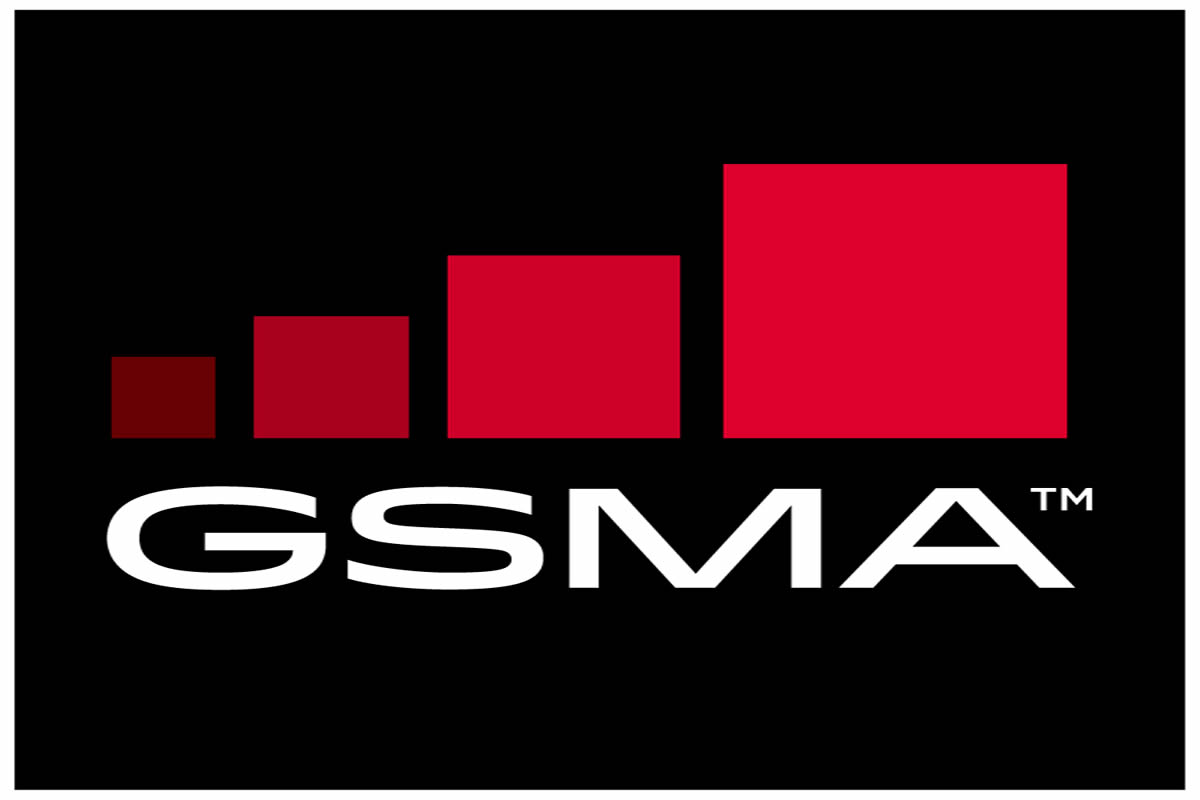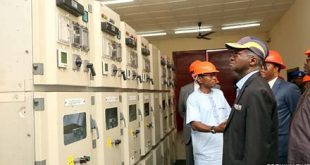GSMA Intelligence tipped the mid-tier market to become a key battlefield for handset manufacturers, as they adjust strategies to account for a shift in consumer behaviour following the COVID-19 (coronavirus) pandemic.
In a new report, GSMA Intelligence said consumer interest in 5G is on the rise, but lingering economic impacts from the pandemic are expected to lengthen device upgrade cycles to three years from just more than two years. It noted this shift is likely to “drag down overall sales in the short- to medium-term” and push vendors to compete more on price than features.
Average 5G phone prices dropped by nearly a third between Q1 2019 and Q4 2020, and new silicon such as Qualcomm’s 5G-enabled 4-series chipset is expected to further the trend by allowing vendors to improve camera and other capabilities “without pricing handsets out of consumers’ reach”.
In a survey of 14,273 global smartphone users, consumers cited battery life (72 per cent), durability (66 per cent), security (65 per cent) and camera quality (54 per cent) as top priorities for their next smartphone, with 5G connectivity in fifth place on 34 per cent.
GSMA Intelligence added that wearable and services can help handset manufacturers gain a competitive edge, pointing out 21 per cent of consumers now own a wearable from their smartphone maker and “are more loyal to the brand as a result.”
It said digital security services were the most in demand, with video and music streaming, and cloud storage also ranking highly. GSMA Intelligence noted Huawei’s US struggles offered an opportunity for rivals including Oppo, Vivo and Realme to gain ground in global smartphone shipment tables.
 Gistfox Your News Window To The World.
Gistfox Your News Window To The World.





